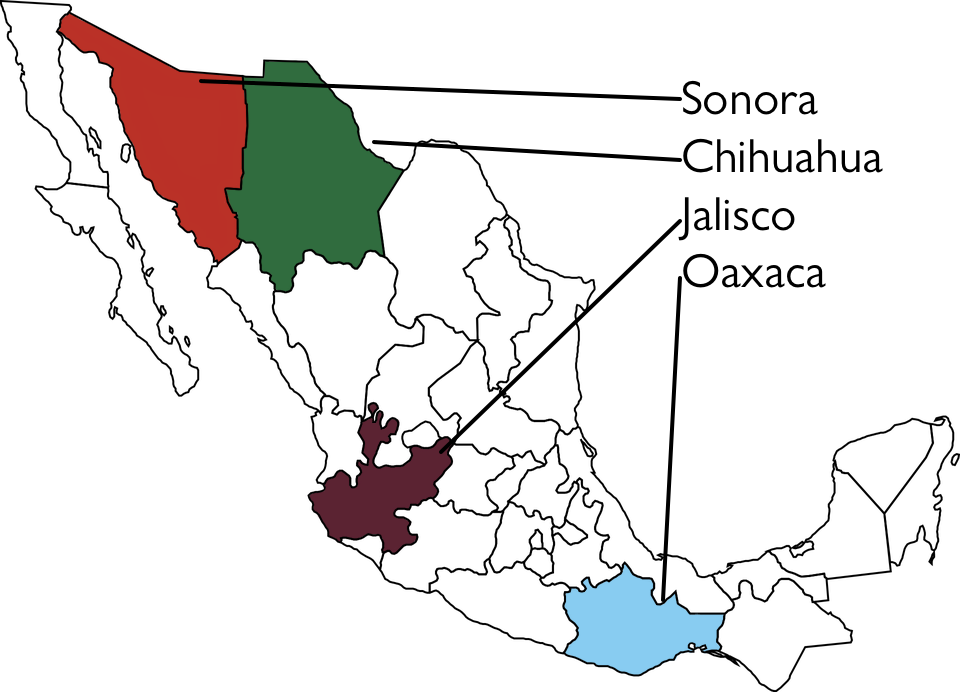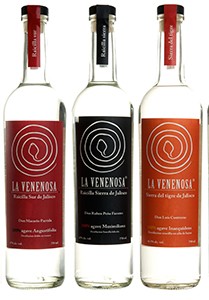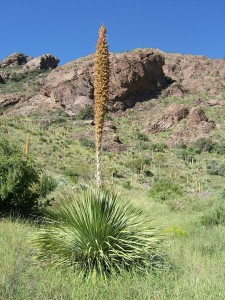Agave is, all things considered, a weird plant. Just looking at it, spiky leaves, dangling tendrils, and long stalks, it looks like something from an alien landscape, but in actuality, it’s responsible for one of the most diverse ranges of distilled spirits on the market. Understanding these spirits can be tricky for the uninitiated.
The name for the group of spirits made from agave is mezcal. Things get confusing, however, because mezcal is also the legal definition for a group of spirits made in Oaxaca one of eight specific sites in Mexico.
Similar to the way that wine is defined regionally Mexican agave-based spirits are also legally defined according to their location in a system called a Denomination of Origin (DOMs). This is the legal classification that designates the eight regions where mezcal can be produced. This is also the leading difference among the remaining agave-based spirits.

Tequila
Tequila is the most widely known form of mezcal. Tequila can only be made from a single species of agave: the Weber Blue agave (for some, it might be helpful to think of agave species the way one thinks of grape varietals in wine). Tequila can only be made in five registered Denominations of Origin in the Mexican state of Jalisco. The production process for tequila doesn’t stray far from that of other mezcals, however, it’s important to note that not all tequilas imported into the Unites States are made from 100% agave. In order for a spirit to be labeled as tequila, it must be made from at least 51% agave, and the remaining 49% may be made from other spirits such as corn or sugar. True 100% agave tequila will always be labeled as such.
Mezcal
Mezcal is unique in that it can be made from any species of agave. It’s typically made by baking the corazóns or “hearts” of the agave, also known as the piña, in an underground pit which gives it a smoky flavor. After this, it’s crushed and left in a barrel to ferment with water before being distilled. Most of the mezcals imported in the United States are made in the Mexican state of Oaxaca. While it can be made from any species of agave, in practice over 90% of mezcal from this region is made from the agave species called Espadin.

Raicilla
Raicilla is an agave spirit made in Jalisco but using agave species other than Blue Weber. It is less smokey than many Mezcals and often has a very unique savory almost blue cheese flavor.

Bancanora
Bacanora is perhaps the agave spirit whose production has changed the least over the centuries. Bacanora is only derived from a wild species of mountain-growing agave called Pacifica (or traditionally Yaquiana). Once it’s been harvested, it’s cooked for two days in a pit with volcanic stones. The aroma is said to be unique because of the volcanic stones. It can only be produced in the Mexican state of Sonora.

Sotol
Sotol is produced from the Dasylirion wheeleri, or Desert Spoon plant. In the most technical scientific terms, this plant isn’t related to agave, but because sotol has been grouped with mezcals for centuries in Mexican culture, we’ll include it in our list. It features a towering stalk that can grow over ten feet tall. The plant can be found all over northern Mexico and the southern United States, but true sotol can only be made in the Mexican state of Chihuahua. The method of production follows that of other mezcals, with the exception that the agave heart is roasted in an above ground clay oven instead of an earthen pit. This causes sotol to lack the smoky flavors that are typically associated with other mezcals.

Enjoy
These spirits would traditionally be sipped out of small clay cups called “copitas,” but in America, they’re often served neat or on the rocks. Additionally, they are being used extensively in craft cocktails. Most mezcals, with the exception of tequila, do not have a traditional cocktail associated with them so they give bartenders a lot of room to experiment.
